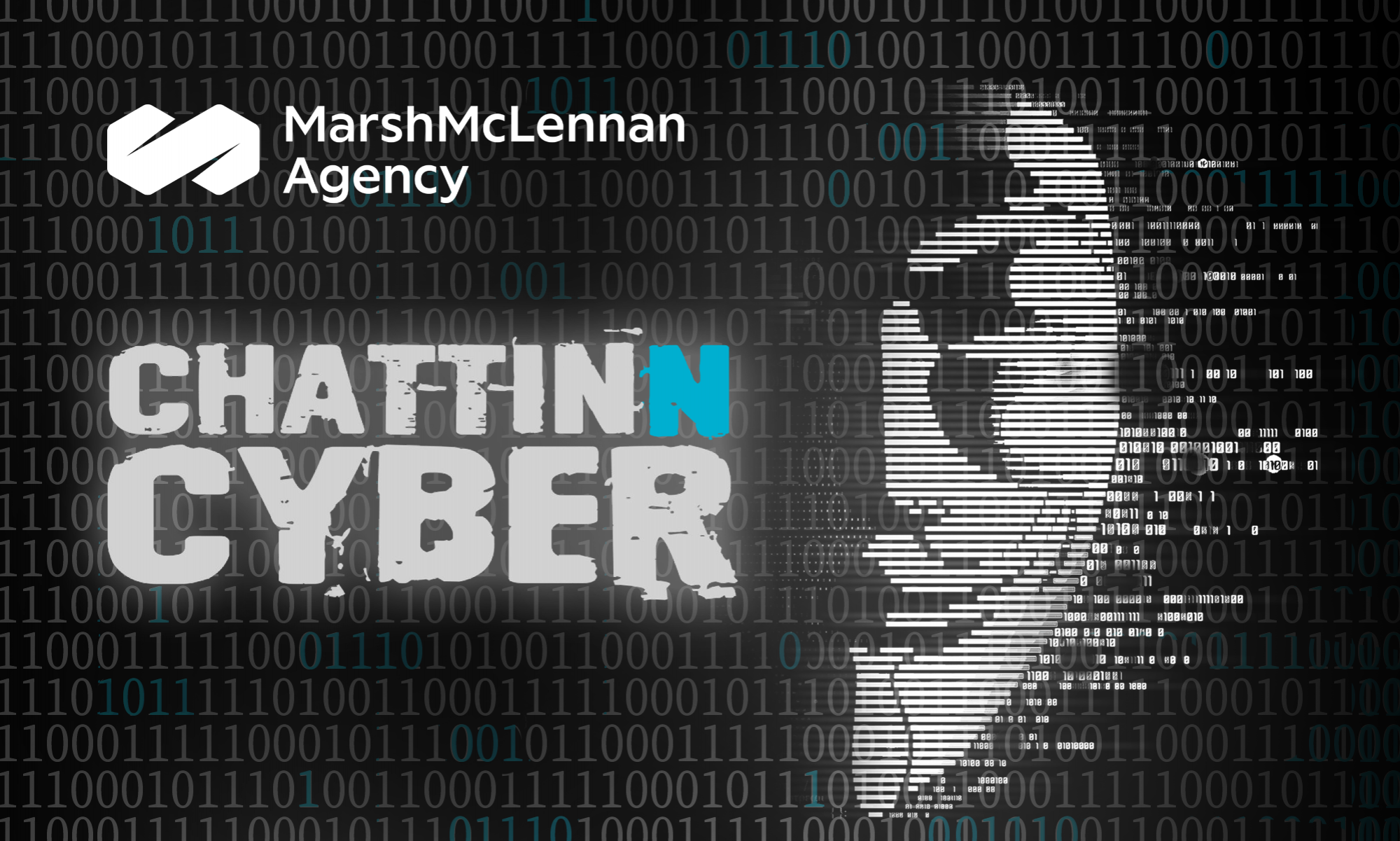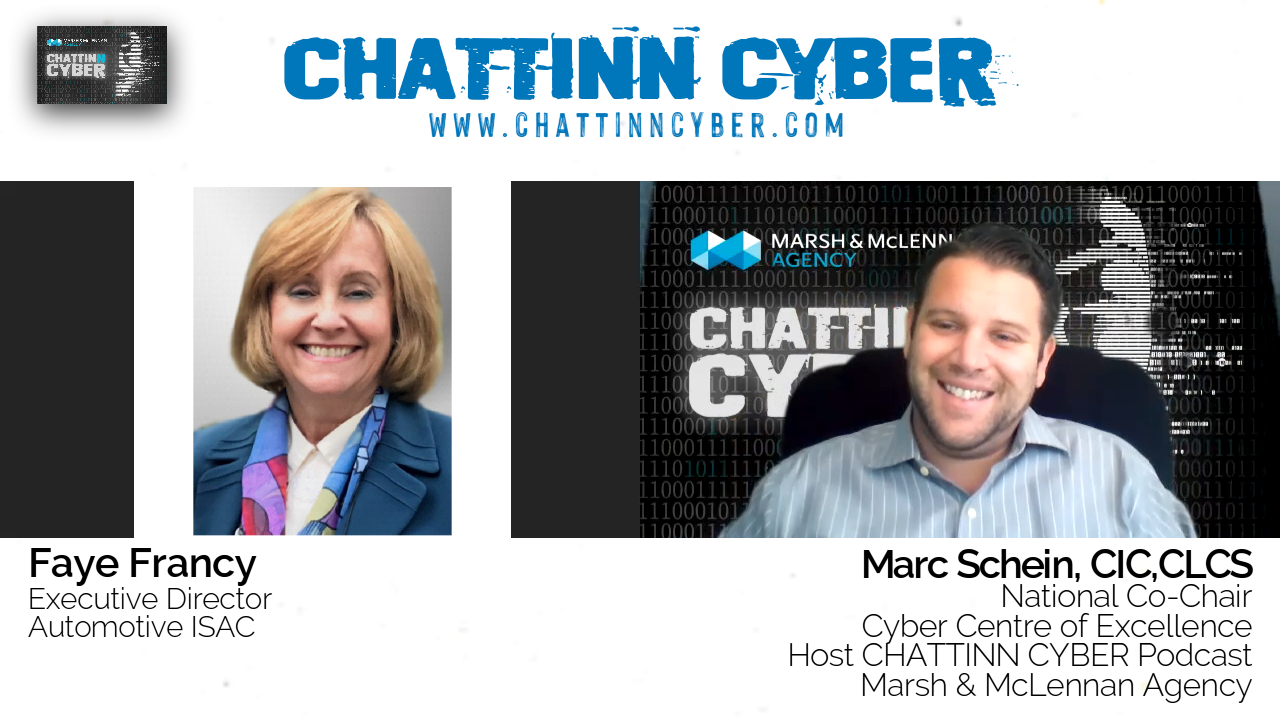Podcast: Play in new window | Download (Duration: 21:30 — 19.7MB)
Subscribe: RSS
In this episode of CHATTINN CYBER, Marc Schein interviews Eduard Alpin, the Lead Cyber Actuary for the Specialty Actuarial Products division of Verisk ISO. He leads the development of loss costs and risk segmentation models for ISO’s new and existing cyber insurance programs. He also oversees the Cyber Data Exchange, which aggregates industrywide cyber insurance data and provides summarized results back to participating companies. Born in the Ukraine, he has had an interesting journey, coming to US at an early age, today he is one of the leading names in Cyber Insurance.
Eduard defines an actuary as someone that quantifies risk. Applying the knowledge of Math and Statistics, He builds the pricing models that help companies determine how much to charge for different policies. He explains how they look at the historical events and trends’ frequency and severity to determine future pricing.
Eduard discusses his thoughts on the next 10 years in cyber risks. It is a unique process and collecting data is associated with it. It has a broad scope and we need to collect data from hundreds of companies across the world to analyze and figure out the policies. It is sophisticate and complex to manage data and risk but he’s confident that it’ll evolve rapidly in next 10 years.
There were forecasts made In 2019, but no one could have accurately predicted where we would be in 2020. So it is important to update the data frequently. With all the is happening, many people working from home, ransomware is on the rise, cybersecurity risks like security breaches are still happening and data is exposed. We need to have better data to quantify risk and minimize the breaches. Next year is looking interesting and we’re excited about the cyber insurance market.
What You Will Learn:
● What is Actuarial Science & How it works?
● What is the future of cyber security risks & how we can plan better?
● How companies quantify the risks & figure our pricing policies?
● How to deal with cyber security breaches & cyber insurance market?


